How To Choose A Kayaking Buoyancy Aid
When it comes to kayaking, safety is always a priority.
It doesn't matter if you're kayaking on the calmest of waters, a buoyancy aid is a necessity. Not to be mistaken for a lifejacket, a buoyancy aid will assist in keeping you afloat, whereas the primary function of a lifejacket is to keep your head above the surface. Anyway, that's a whole other thing in itself...
Buoyancy aids are the perfect companion for kayaking because of the way in which they're designed. A buoyancy aid is compact against the body and allows for complete freedom of paddling. And as mentioned before, a buoyancy aid will keep you afloat if things happen to go a bit pear-shaped, so you can embark on your adventure with a peace of mind.
There are three different types of buoyancy aids:
- Recreational
- Sea kayaking
- Whitewater
We'll talk you through the differences between the three types of kayaking buoyancy aids.
Recreational buoyancy aids
Recreational buoyancy aids are entry-level pieces of kit.
They are the most basic buoyancy aid and come without any of the 'bells and whistles' that high-performance buoyancy aids tend to have. Simplicity is key within the recreational realm. That's not to say a recreational buoyancy aid won't last longer than one kayaking season, because they will, as they're built to be extremely durable and lightweight. And, even though they might seem a bit bulkier than their sea kayaking and whitewater counterparts, they remain exceptionally comfortable to the point where you won't even realise you're wearing one.
One of the most popular recreational buoyancy aids on the market is the HELLY HANSEN 50N Rider Vest Buoyancy Aid.
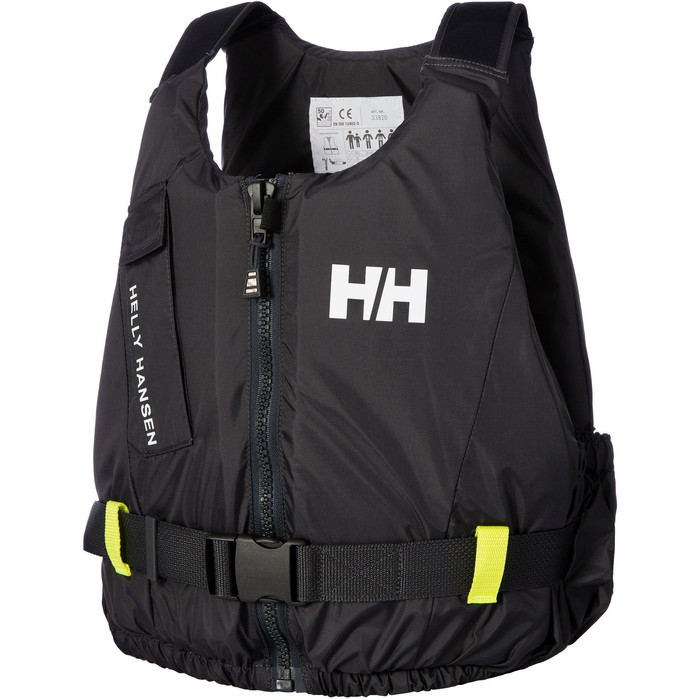
Sea Kayaking Buoyancy Aids
Sea kayaking buoyancy aids are a little more technical.
Even though there are times when kayaking on the sea will be similar to a lake or river, conditions can quite often change without warning, and it's important to have the right piece of kit - just in case. Where a recreational buoyancy aid is designed for beginners, sea kayaking buoyancy aids are targeted towards those at a more intermediate level. They come with more pockets at the front and back and are made from hard-wearing material. The pockets allow you to keep the essentials on your person, such as a radio, phone, compass, camera, sunscreen, torch and whistle etc. Anything that you believe you'll need on the sea, you'll be able to place in one of the pockets. The sea kayaking buoyancy aid design aid is even more slimming than that of recreational buoyancy aids, and is exceptionally comfortable thanks to the high cut slim line design they often have.
A favourite amongst sea kayakers is the PALM Riff PDF Buoyancy Aid.
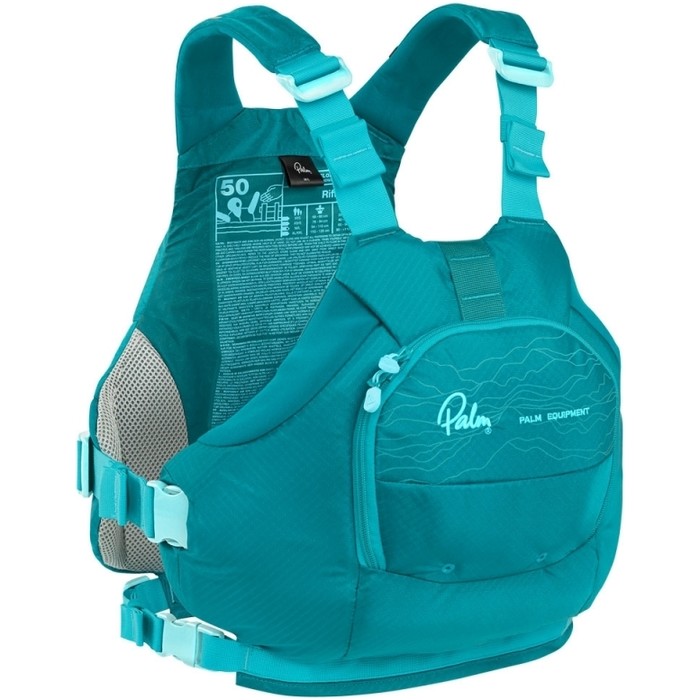
Whitewater Buoyancy Aids
Whitewater buoyancy aids are for those at an experienced level.
Whitewater kayaking isn't your everyday hobby. It takes a lot of skill and a lot of hours spent learning how to handle the ever-changing conditions you may face when embarking on a journey through different rapids. The main feature that separates a whitewater buoyancy aid from that of a recreational and sea kayaking aid, is the amount of flotation. There is far more buoyancy injected and for good reason. If you happen to fall out of your kayak in the middle of a rapid, you're going to want to have extra flotation, to assist in keeping you above the whitewater. Remember it's just assisting you. You'll still need to paddle, swim, kick and tread water. Whitewater buoyancy aids are packed with a number of safety features and are exceptionally functional, whilst being built to fit the torso perfectly.
The latest and greatest whitewater buoyancy aid is the PALM Nevis 70N Whitewater Buoyancy Aid.
Built for expedition kayakers, guides and coaches, it's the most high-performance and functional whitewater buoyancy aid - ever. The safety features infused within include:
- Removable chest harness with O ring.
- Failsafe shoulder straps load tested to 3.2 kn.
- Dual cowtail parks.
- Reflective details.
Additionally, it's packed with pockets and is hydration bladder compatible. Furthermore, it comes with tough grip panels on the shoulders for boat carrying. And if that wasn't enough, it comes with a 3D anti ride-up waistbelt, so you're guaranteed to be comfortable when paddling for long periods of time. The Palm Extrem is also lightweight and allows for complete freedom of movement. You won't even notice you're wearing a whitewater buoyancy aid, which is the whole point, as your attention will be focused on manoeuvring around rocks.
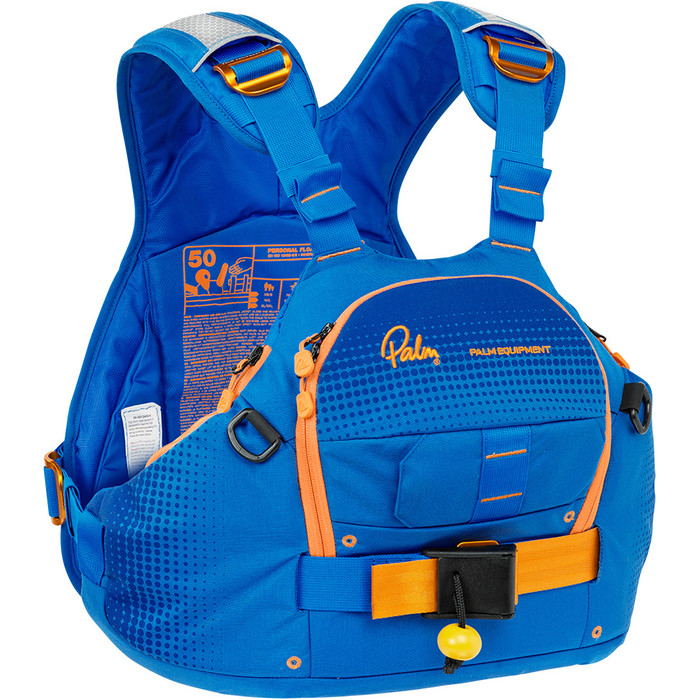
How to put on a kayaking buoyancy aid
To put on a buoyancy aid you must first loosen all the straps. Then, you need to place it over the top of your head. Once the buoyancy aid is in place and sitting nicely on your shoulders, you will need to tighten the straps. The straps will be located on the side, the shoulders and around your waist - on some buoyancy aids. Once everything has been tightened, it's good practice to have a friend or instructor tug on the shoulder straps and attempt to pull it over your head. In this situation, the shoulder straps should not go above your ears. If, however, the shoulder straps go above your ears, you need to downsize and go through the whole process again until you have found a buoyancy aid that fits perfectly.
Remember, safety first, then teamwork.
It's important to know the differences between buoyancy aids, life jackets, and impact vests, and when you need which. make sure you read our guide so you always go out safe and prepared.
---
Shop our full range of buoyancy aids here.
@wetsuitoutlet
Updated on 10th May 2023
Originally published on 4th December 2018 in Kayaking










































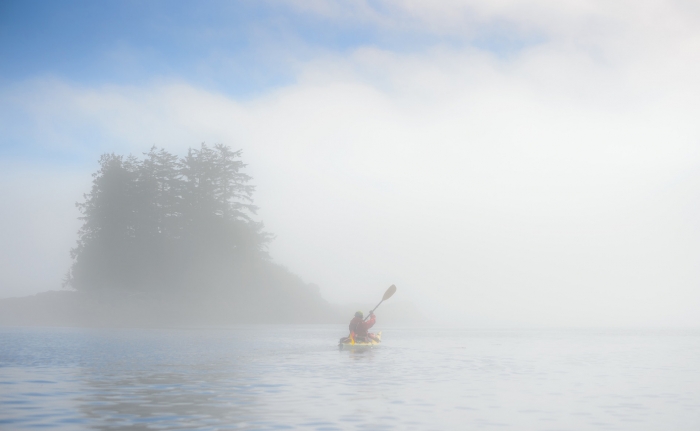








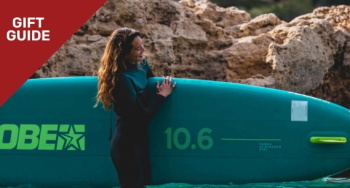

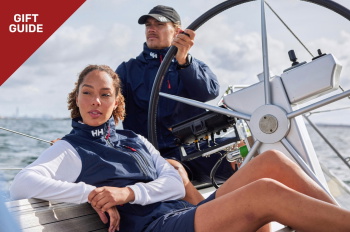
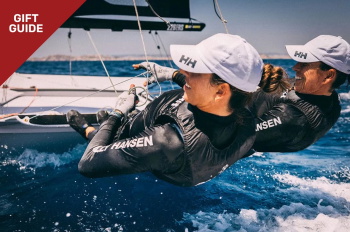
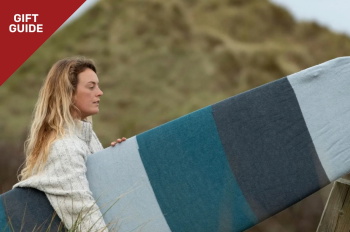
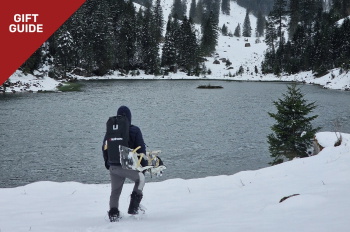
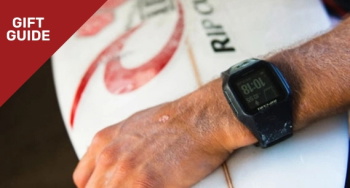
 Visit the US site
Visit the US site  Continuar al ES
Continuar al ES